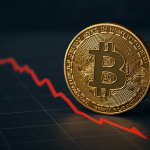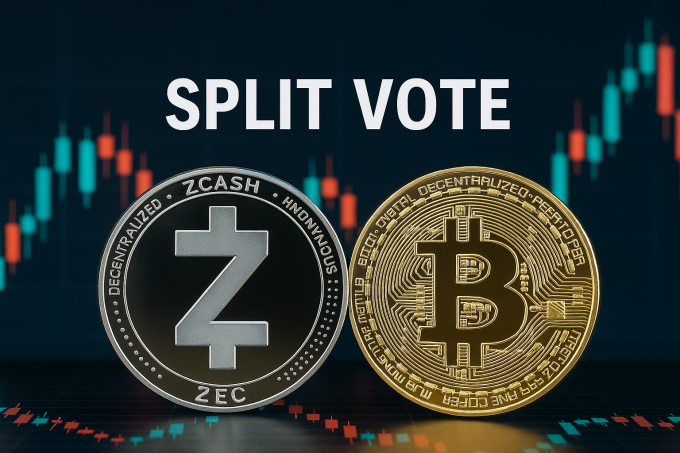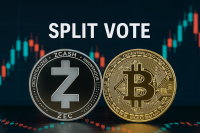Key Points
• The U.S. government’s reopening clears a backlog of delayed crypto ETF filings at the SEC and CFTC.
• Analysts expect 2026 to be the busiest year ever for digital asset ETF approvals.
• New ETFs could help revive institutional demand and improve liquidity across the crypto market.
The reopening of the U.S. federal government is poised to reset a critical bottleneck for digital asset regulation, potentially unlocking a wave of new crypto exchange-traded funds (ETFs) in 2026. Analysts say the renewed bureaucratic capacity—combined with political momentum from recent crypto legislation—could accelerate product approvals and reenergize a market struggling with weak inflows and fragile sentiment.
The U.S. shutdown, which stretched for weeks and stalled regulatory workflows across federal agencies, delayed ETF reviews at both the Securities and Exchange Commission (SEC) and the Commodity Futures Trading Commission (CFTC). With the government now back online, analysts say the stage is set for one of the busiest ETF cycles in the history of U.S. digital assets.
A Regulatory Pause Ends, Opening the Door for Rapid ETF Expansion
Several crypto ETF applications were frozen during the shutdown, including proposals tied to Solana, XRP, tokenized treasury products, and multi-asset digital commodity baskets. Staff shortages at the SEC led to elongated review windows, while the CFTC was unable to progress market-structure guidance essential for listing derivatives-linked products.
According to market analyst John Palmer of Wave Digital, the reopening effectively “resets the clock” on dozens of delayed filings.
“We estimate that 2026 will be the most active year ever for crypto ETFs,” Palmer told SKN. “The SEC and CFTC are now catching up on months of backlog. With political momentum behind crypto regulation, the pipeline is primed to move much faster than it did in 2024 and 2025.”
The anticipation mirrors what occurred after the 2023 shutdown, when pent-up filings for spot Bitcoin and Ethereum ETFs were approved in rapid succession, triggering billions in inflows.
Investor Demand Remains Weak—but a New ETF Cycle Could Reignite Activity
Crypto markets remain under pressure. Bitcoin recently slid under $90,000, and major altcoins have retraced 8–16% over the past week. ETF flows have also weakened: year-to-date digital asset ETF inflows stand near $27 billion, down sharply from last year’s $41.7 billion, according to CoinShares.
Analysts argue that new ETF launches could help reverse the slowdown, particularly products offering exposure to:
-
Layer-2 ecosystems
-
Stablecoin yield markets
-
Multi-asset crypto baskets
-
Tokenized U.S. Treasuries
“With institutional allocators hesitant and retail sidelined, what the market needs most is new product energy,” said Palmer. “Fresh ETFs are one of the few catalysts that can shift sentiment meaningfully.”
Some analysts expect that the first wave of 2026 approvals will include spot Solana ETFs, RWA-linked ETFs, and the first SEC-approved staking-based ETF structures.
Political Momentum Strengthens the Bull Case for New ETFs
The U.S. reopening comes at a moment of heightened political interest in digital assets. The GENIUS Act, already implemented, formally legalized dollar-backed stablecoins. The forthcoming CLARITY Act—scheduled for late 2025—will establish a unified market structure and clearly divide oversight between the SEC and CFTC.
Combined, these measures greatly reduce regulatory ambiguity that previously slowed ETF approvals.
“The legal environment for crypto ETFs is more predictable today than at any point in the past decade,” said digital markets strategist Anita Menon. “Once the federal machinery is fully operational again, the main barrier becomes technical review—not political risk.”
Looking Ahead: A 2026 ETF Wave Could Reshape Market Liquidity
While macro uncertainty persists and crypto remains in a bearish posture, analysts say the reopening of the U.S. government may mark the beginning of a new structural phase for the market. If ETF approvals accelerate in 2026, they could pull sidelined capital back into digital assets, expand institutional participation, and create deeper liquidity across major tokens.
For now, traders are watching Washington as closely as they are watching Bitcoin charts. The next cycle of ETF approvals may determine whether the crypto market remains in a prolonged consolidation—or regains the momentum that has recently faded.













https://shorturl.fm/uZVbi